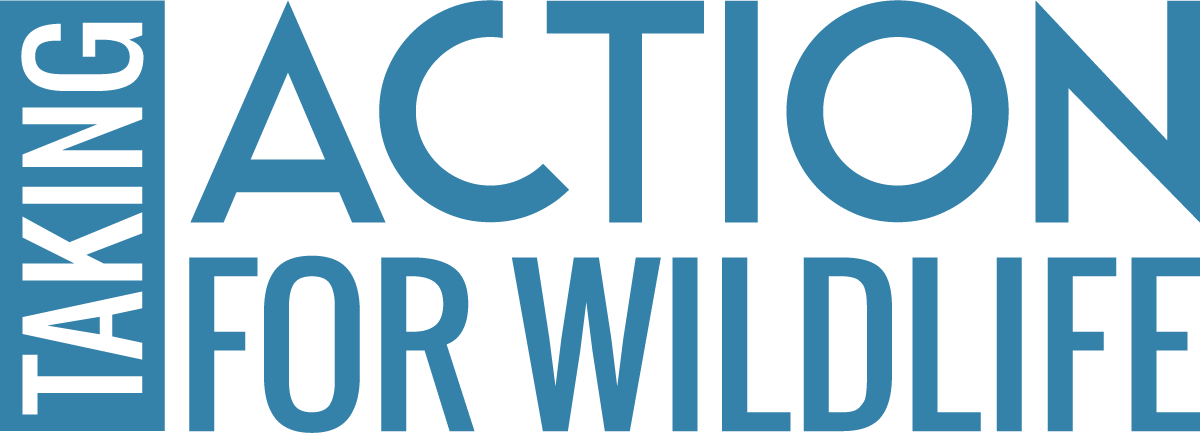
Using your wildlife conservation plan and natural resources inventory as a guide, you can start working on conservation projects to protect important habitats in your community. Habitat protection is often one of the primary reasons many landowners choose to conserve their land. Now is the time to initiate conversations with landowners who may be interested voluntarily conserving their land for wildlife habitat. Learn from some landowners who conserved their land with wildlife in mind.
Voluntary conservation easements are among the most common permanent land conservation techniques. A conservation easement is a legally binding agreement between a landowner and a conservation organization that limits certain uses of the land in perpetuity. With a conservation easement, the landowner still owns the land and can continue to use it for activities such as forestry, farming and wildlife habitat management. However subdivision, commercial development or mining are not permitted, since the easement extinguishes the development rights for the land.
Conveyance of full ownership ("fee simple") is another option for protecting land. This is where a landowner donates or sells full ownership of their land to a conservation group for purposes of conserving the land. This offers long-term protection while relieving the landowner of all responsibilities for the land, such as property taxes and management, and permits the conservation organization to manage the property for public use, wildlife habitat or other special conservation values.
More Information
- Conserving Your Land - Options for New Hampshire Landowners (2019)
- Connect with your local, regional or statewide land trust to discuss land conservation options and what is involved.


